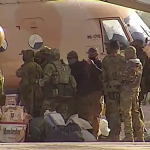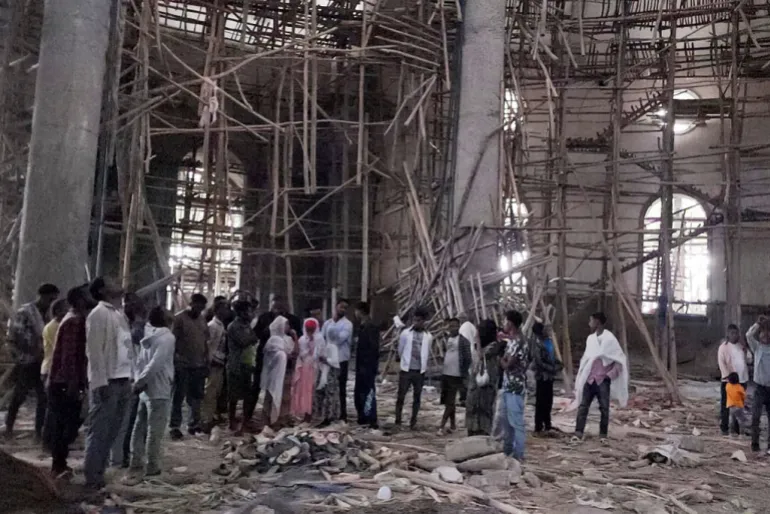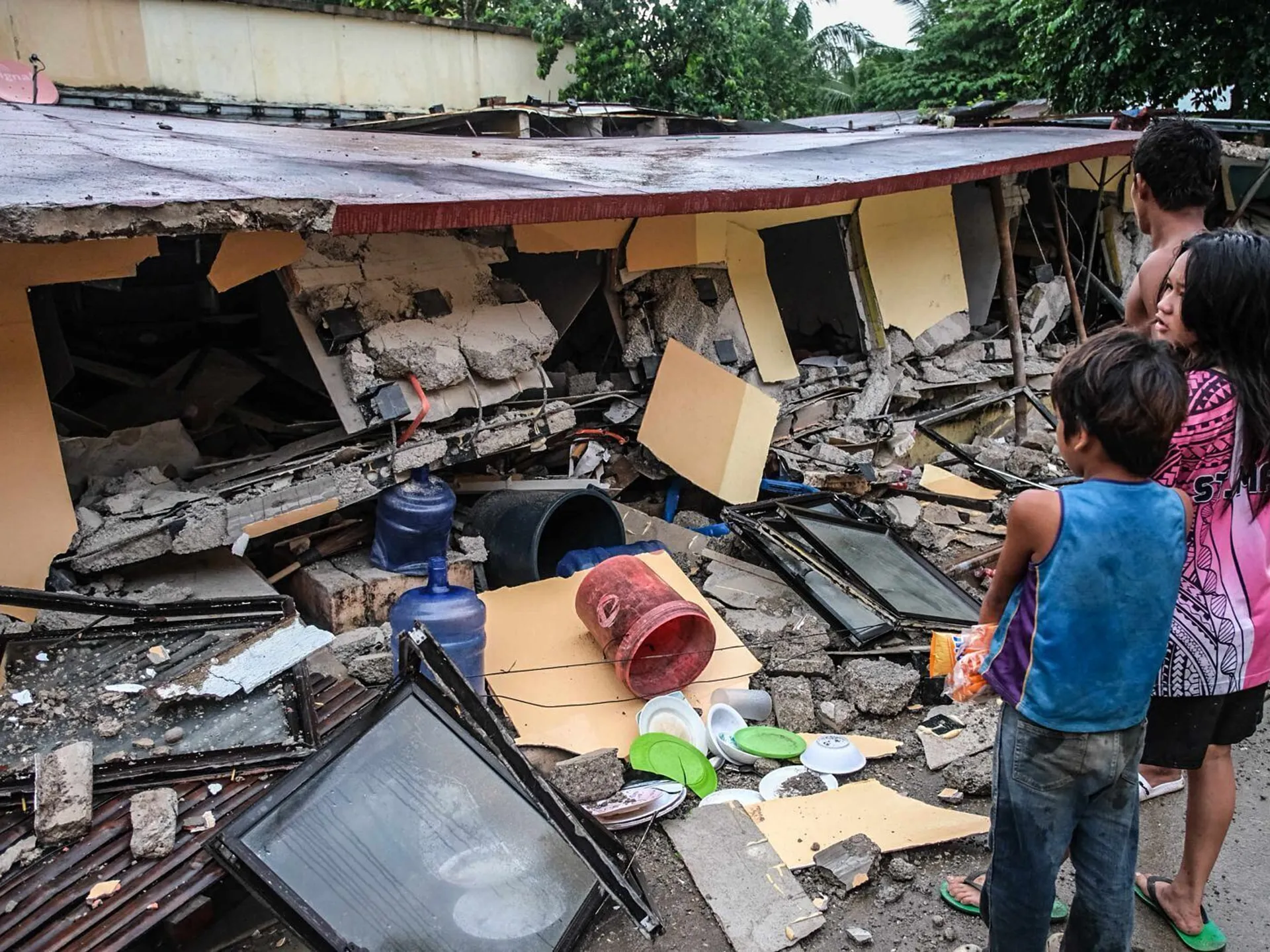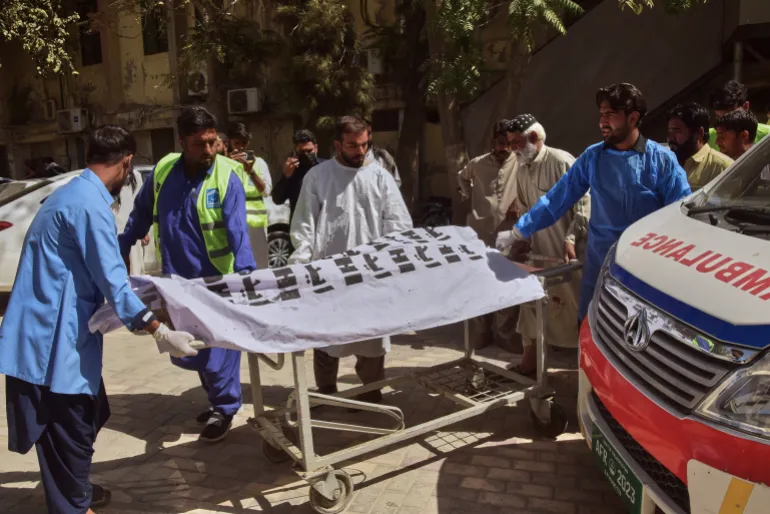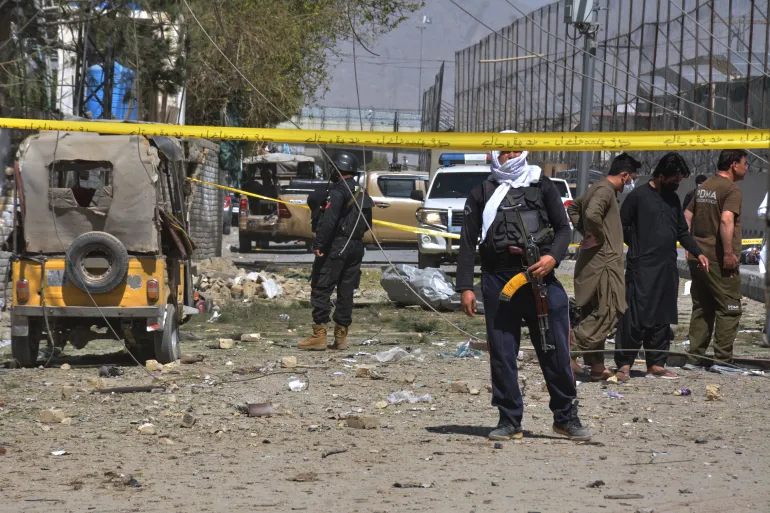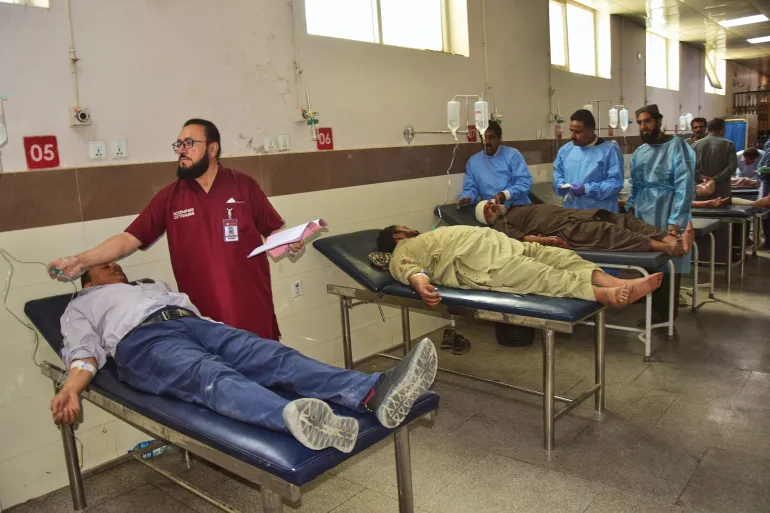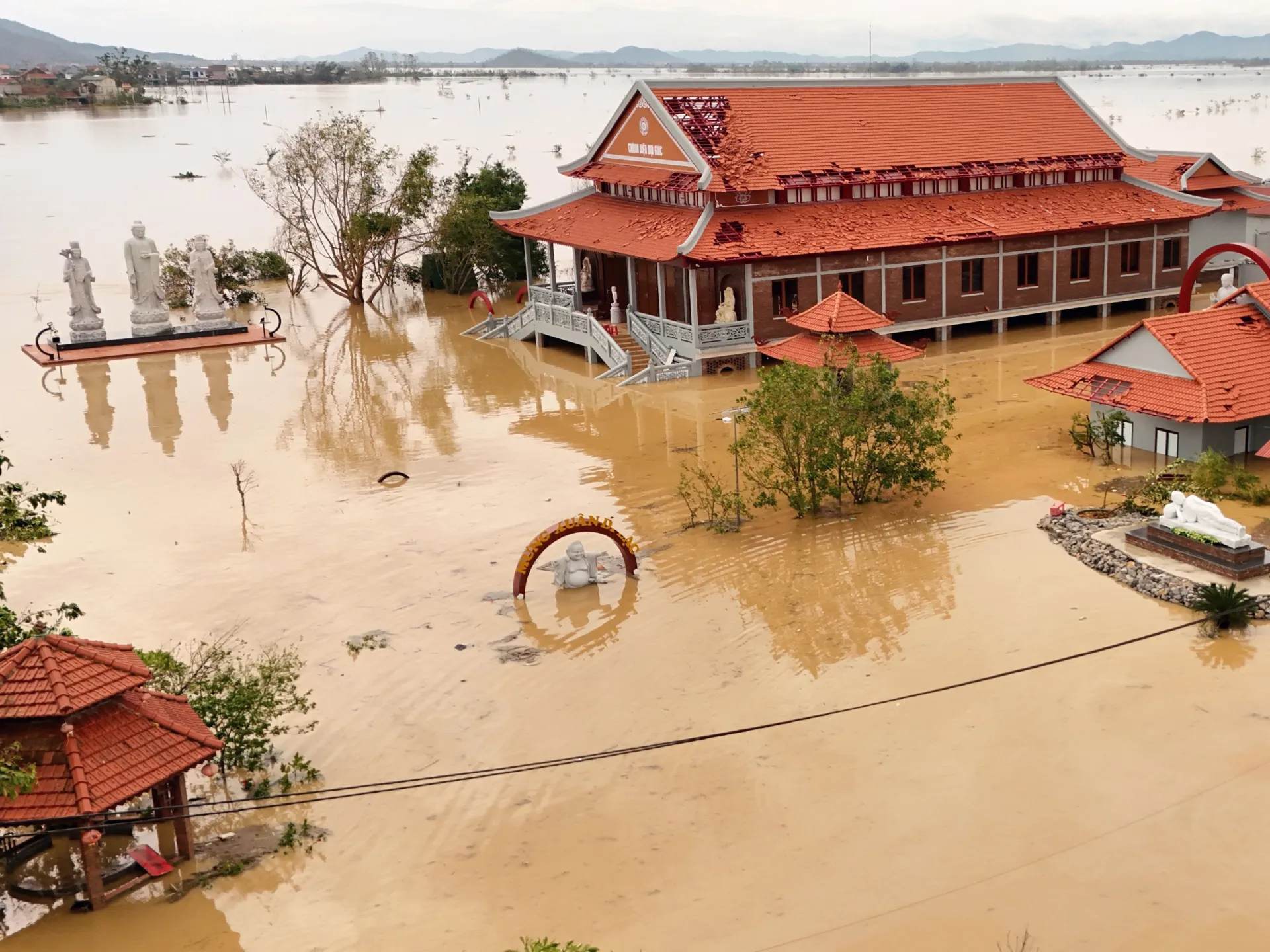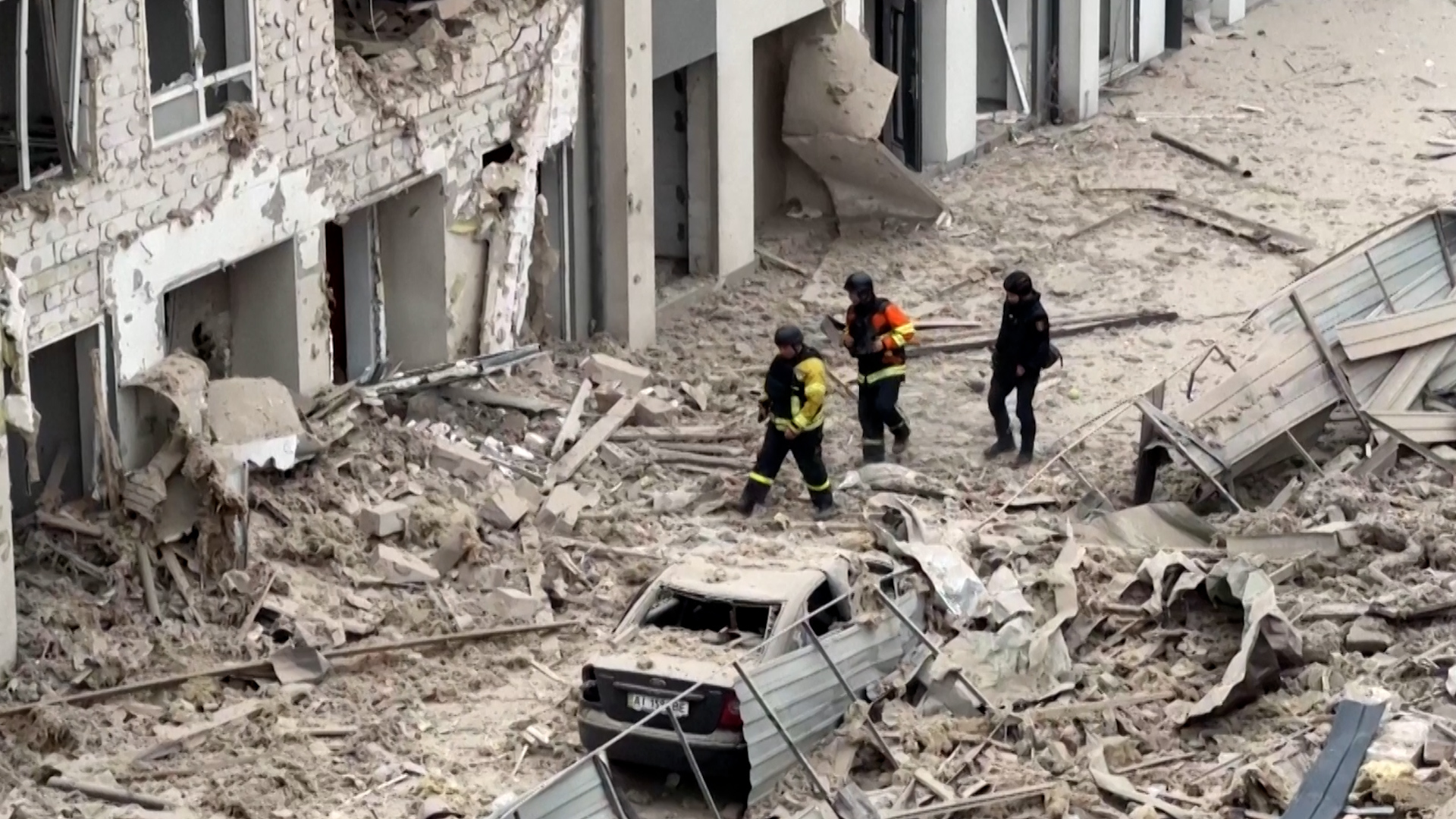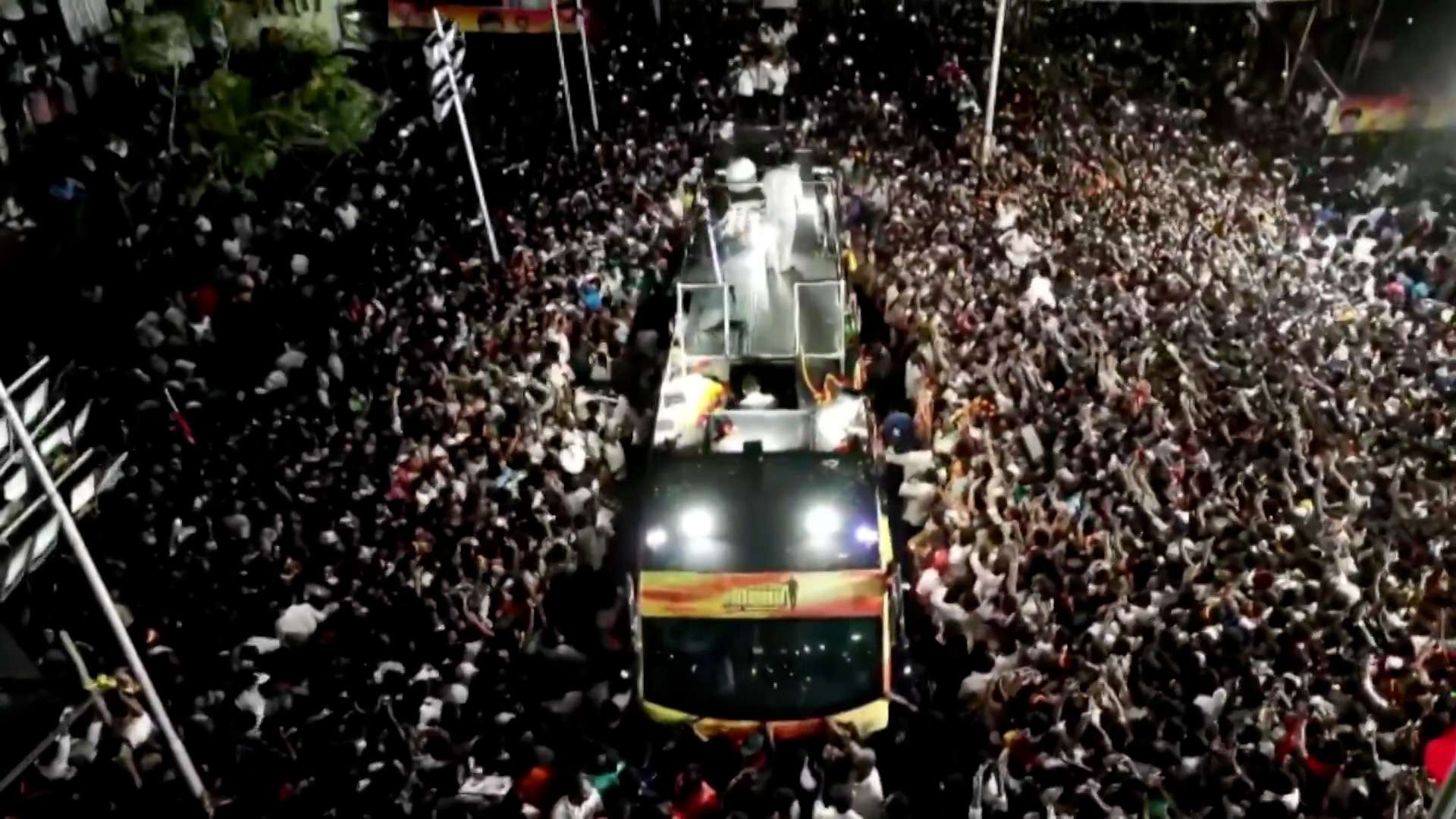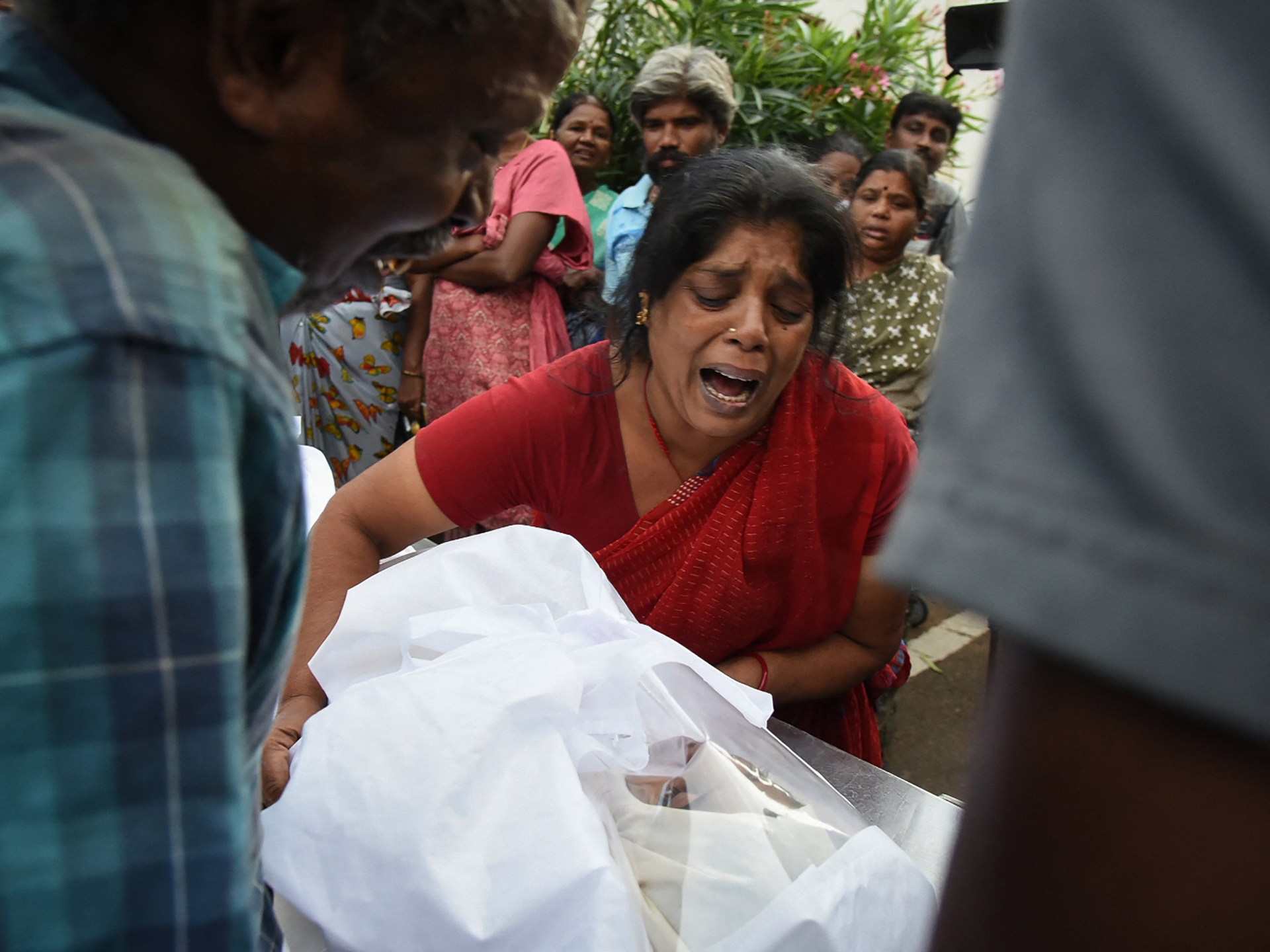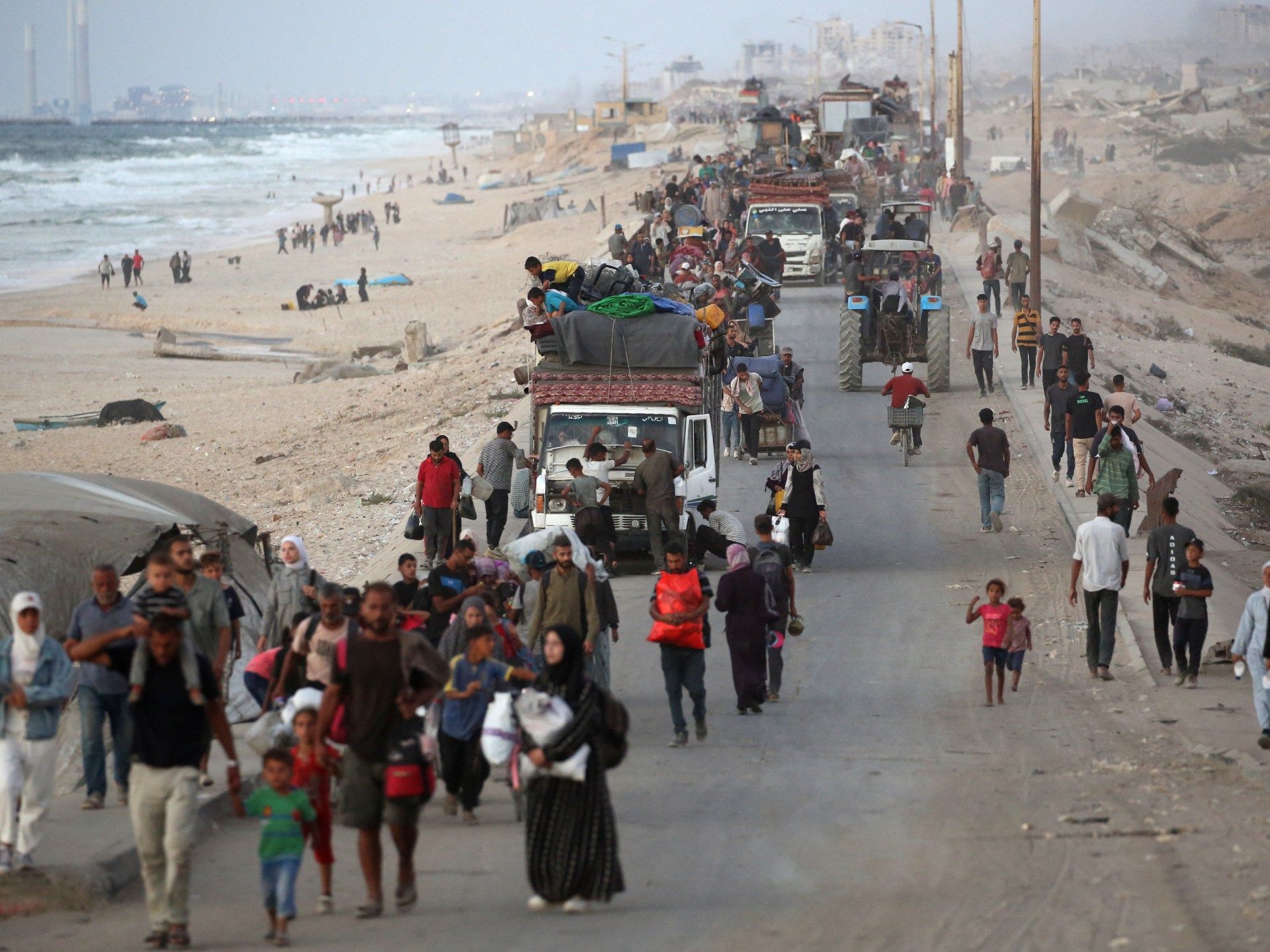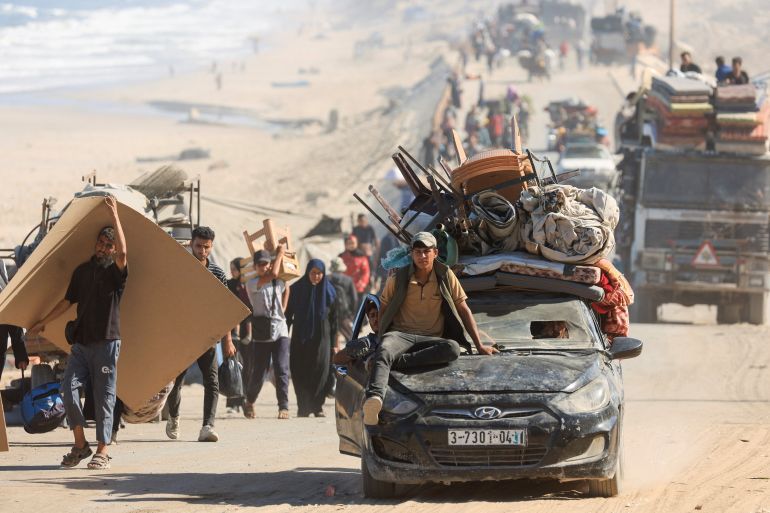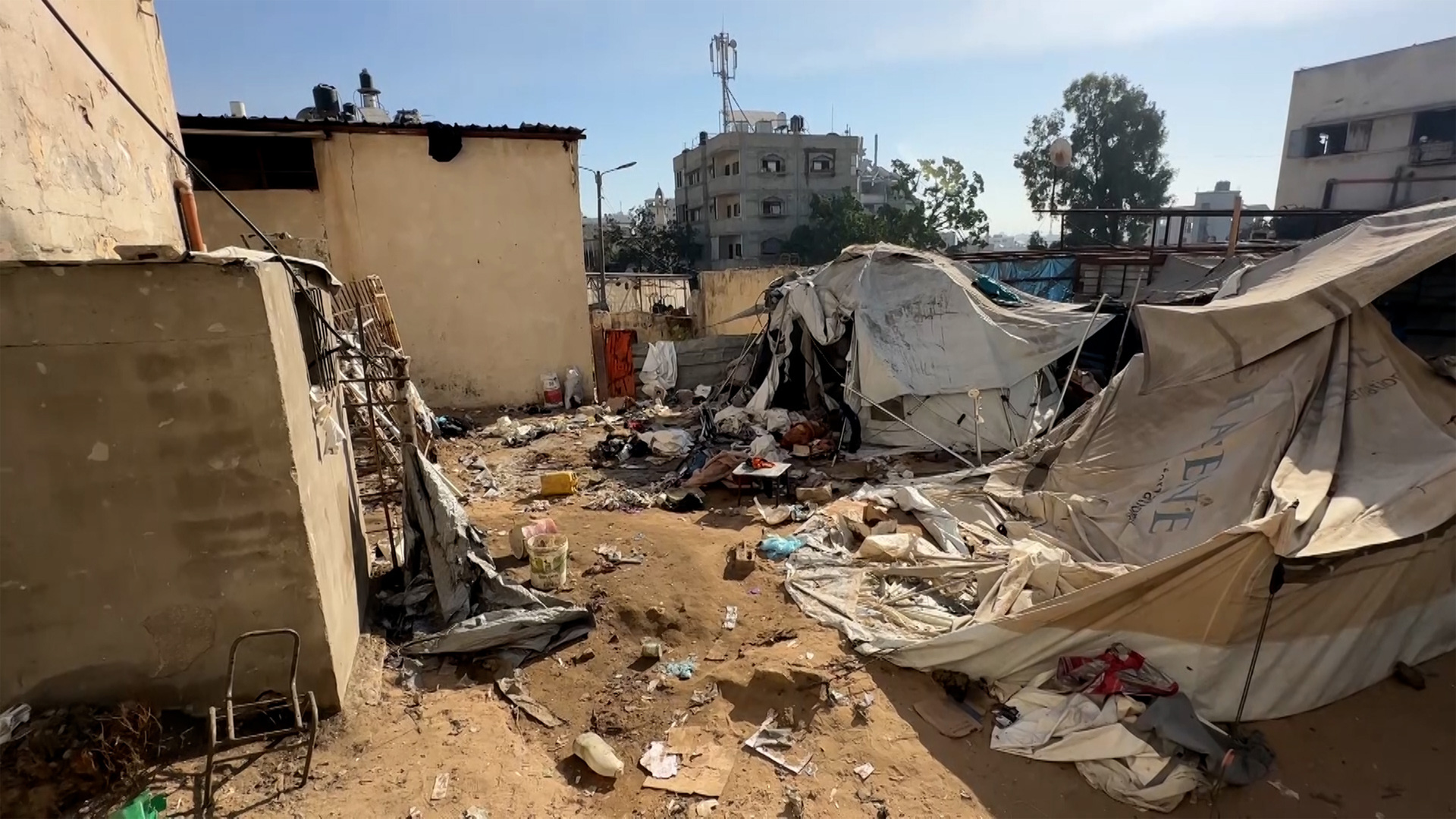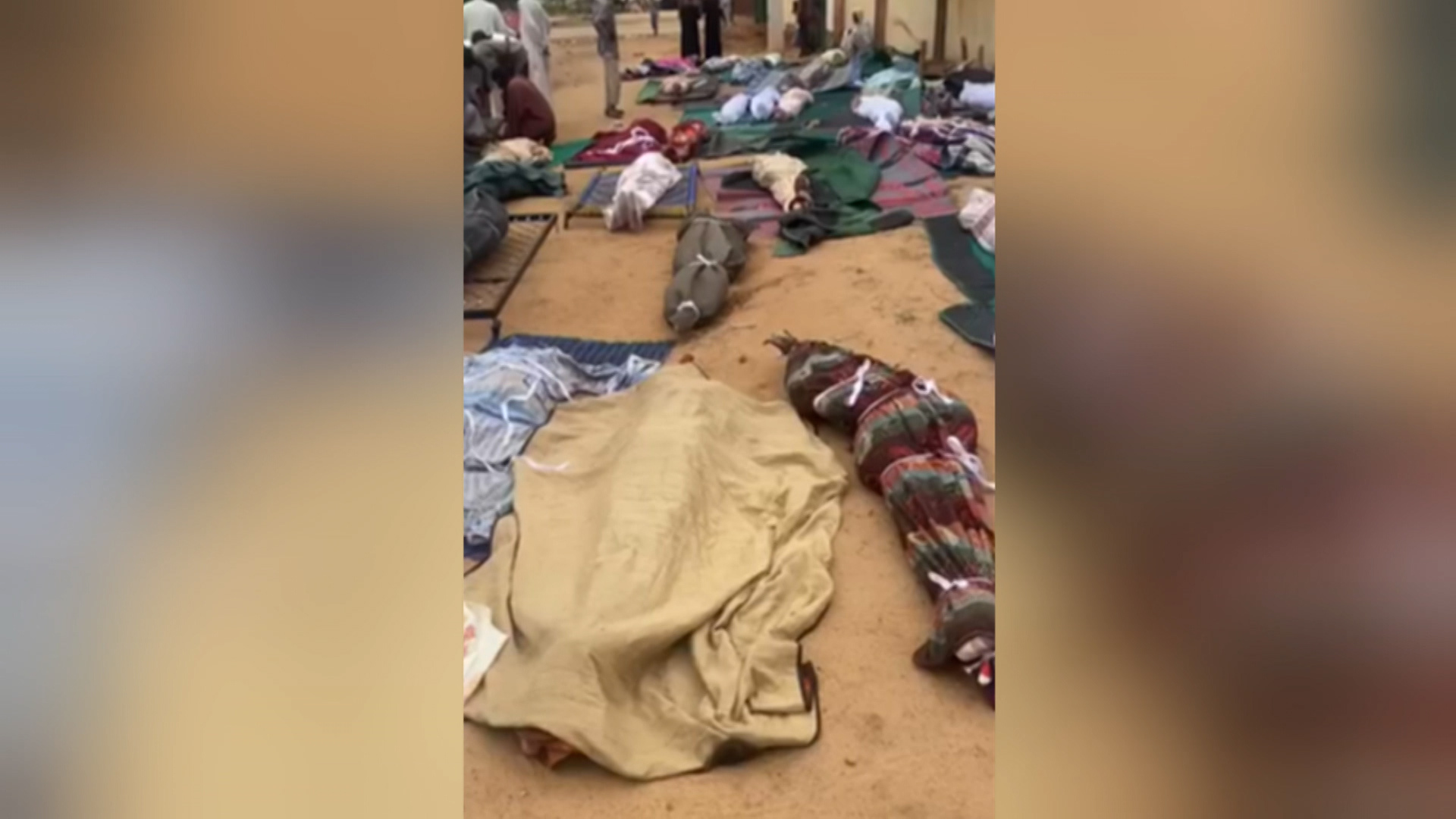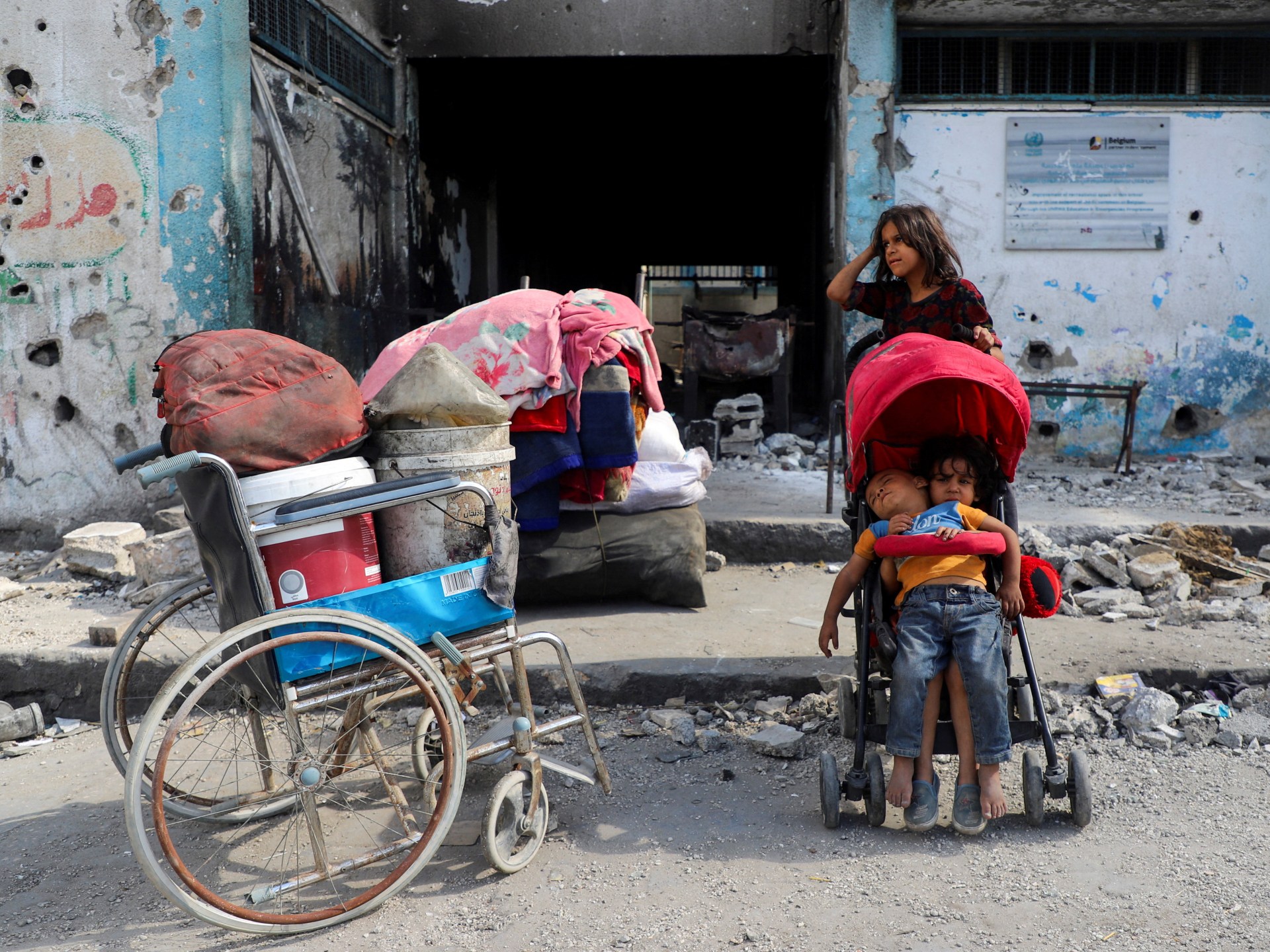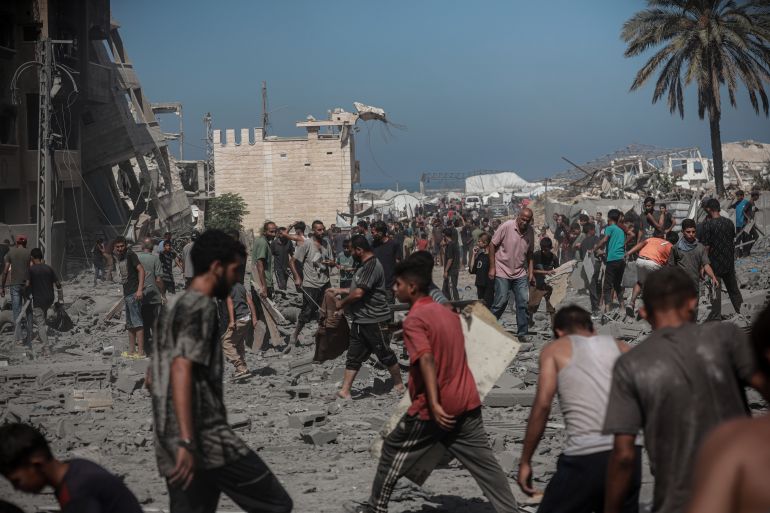Air Raid Kills Four, Leaves Nine Wounded in CAR

Russian mercenaries of the Wagner Security Group have been accused of shooting at farmers from the air in the Central African Republic (CAR). The air raid happened on Monday, Sept. 29, in Lakata, a village 69 kilometres from Bouar in the Djotoua Banguerem council area.
Sources privy to details of the attack told HumAngle that the Russian mercenaries hovering in two helicopters opened fire on defenceless civilians, killing four and seriously wounding nine others. The sources asked not to be named in this report over fear of retribution, but reiterated that the air raiders unleashed heavy weapons on local farms and artisanal mining sites, shooting sporadically at the civilian population.
The sudden assault plunged the village into chaos. Farmers abandoned their tools mid-harvest, and miners fled their sites in terror. Survivors described the attack as “death from heaven,” a chilling escalation in Wagner’s operational tactics, which have previously relied on ground patrols and motorbike raids.
“The question we are asking now is why? What military objective justifies shooting at farmers and local miners? What ‘rebels’ were neutralised by Wagner and how many ‘terrorists’ were eliminated?” a local witness queried, insisting that the Russians have no tangible answers to these questions because there were neither rebels nor terrorists in Lakata on that day. “Those who were there were just poor Central Africans working to survive. The lives lost were those of Central Africans, which the Wagner mercenaries consider are of no value.”
The local also stressed that this aerial attack against civilians constitutes a war crime, according to international humanitarian law. The utilisation of combat helicopters against unarmed civilian populations violates the Geneva Conventions and all the fundamental principles of war law.
These killings mark a terrifying escalation in the methods of the Wagner operatives. The mercenaries have only been operating on the ground from village to village, and most of the time, on motorbikes. The Central African Republic government has made no statement about the attack, but the disquieting silence by the Bangui authorities has caused concerns.
“The nine wounded in Lakata will probably not benefit from medical attention paid by the government. If they survive, they will do so with their wounds, trauma, and injuries while abandoned by a state that has chosen to work to the advantage of Russian mercenaries rather than for their own people,” said Severin Dougouguele, who identified himself as an activist.
He is also concerned by the international community’s silence over the matter.
“The United Nations Multidimensional Integrated Stabilisation Mission in the Central African Republic (MINUSCA), which is present in the country, seems overwhelmed to the point it hardly investigates reports of such killings, while international human rights organisations find it difficult to access the areas where such killings take place. The international media is also handicapped by a lack of the necessary means and resolve to penetrate the hinterlands where these atrocities take place,” Severin claimed.
He also believes that the distance of these communities from civilisation makes news of these atrocities late reaching the authorities and international agencies that can intervene to curb their constant repetition.
The incident shows a broader pattern of abuse documented by Human Rights Watch (HRW). A 2022 report by the HRW details summary executions, torture, and arbitrary detentions by Russian-linked forces in CAR. Wagner operatives have been accused of targeting civilians under the guise of counterinsurgency, often with no accountability. As the crisis deepens, calls for independent investigations, medical aid, and international oversight grow louder.
Russian mercenaries from the Wagner Security Group have been accused of attacking farmers from helicopters in Lakata, Central African Republic, killing four and injuring nine.
The attack, described as an aerial onslaught on civilian targets, marks a shift from Wagner’s previous ground operations and raises questions about the absence of rebels or terrorists in the area to justify such violence. Witnesses classify the assault as a war crime under international law since it violates the Geneva Conventions.
The lack of response from the Central African Republic government has raised concerns over their ties with Russian mercenaries, while international observers and media struggle to access pertinent areas.
The incident aligns with a documented pattern of abuses by Russian-linked forces, as reported by Human Rights Watch, urging calls for independent investigations and more substantial international oversight and humanitarian aid.
